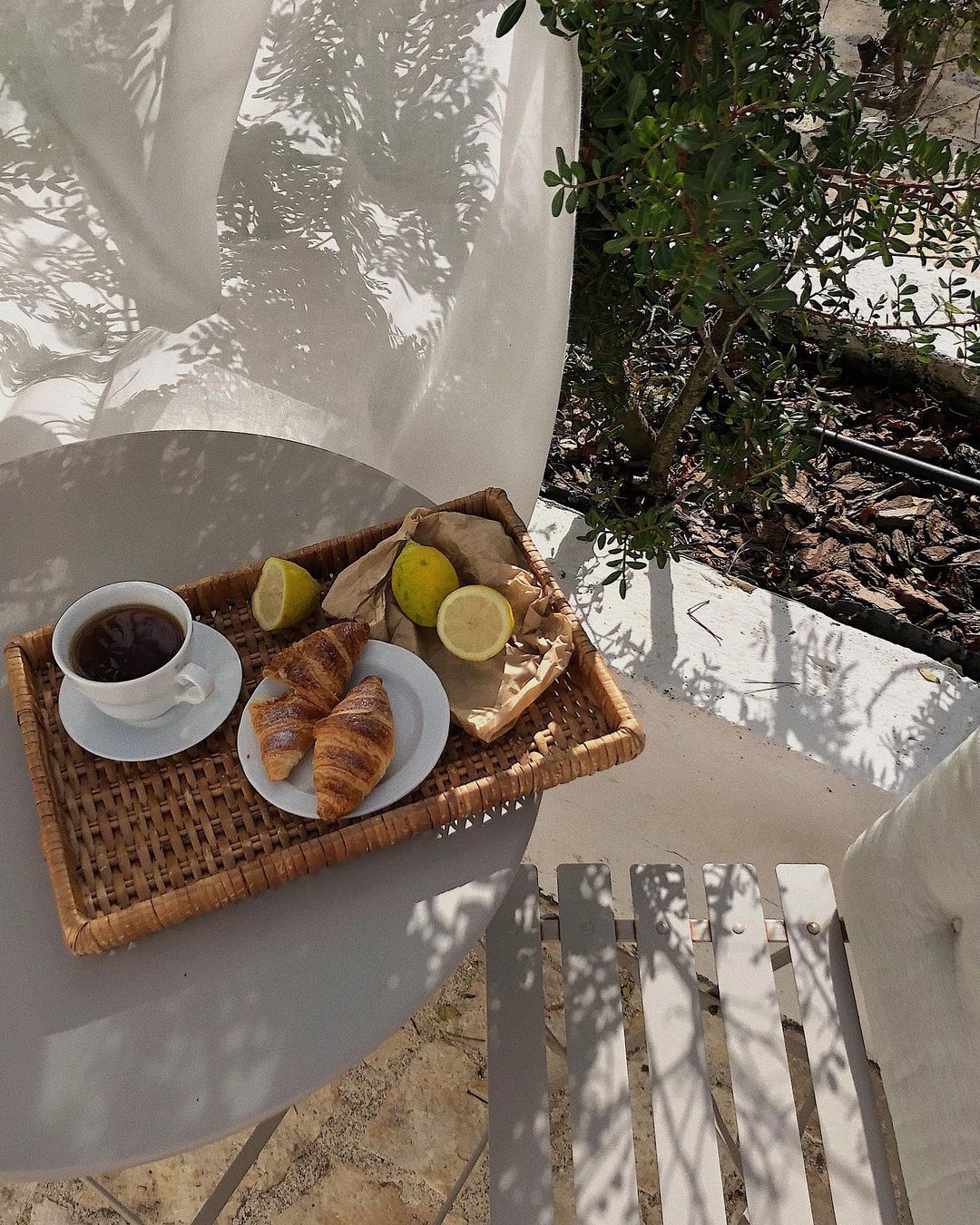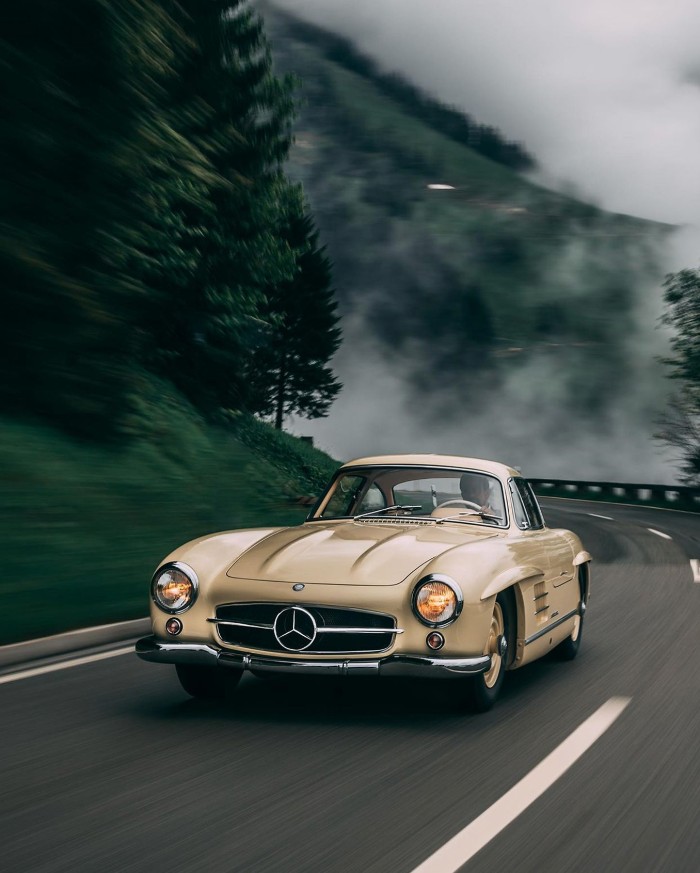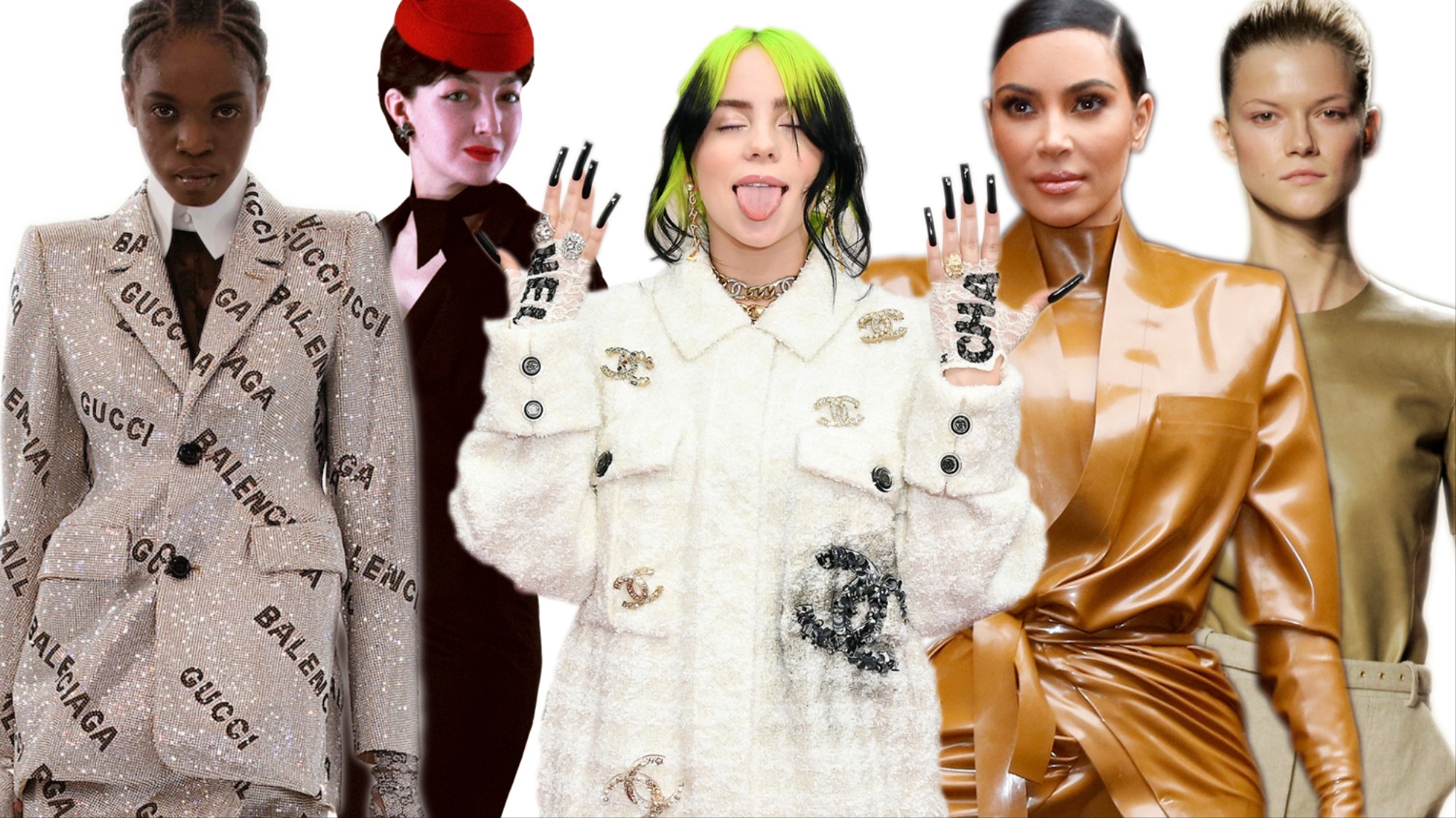It wasn’t long ago that almost every fashion house and designer seemed to have their woman — a more-often-than-not fictional muse who physically and spiritually embodied their values and vision. It wasn’t uncommon to hear designers wax lyrical about her incredibly particular, aspirational lifestyle — ‘She plays tennis!’ ‘She loves to feel the wind in her hair!’ ‘She walks barefoot on the beach!’ ‘She’s an architect!’ Over recent years, though, things have changed — as fashion welcomes a new era of inclusivity, designers are less eager to divulge the specifics of the woman, and therefore the customer, they supposedly design for. On the other hand, the resurgence of fashion’s logomania obsession indicates that literal branding is more sought-after than ever. It all begs the question: What does embodying a brand look like in 2021?
Long before the Balmain Army and the Gucci Gang came to dominate the fashion landscape, a template was put down by some of fashion’s great old houses. Let’s call it the ‘branded woman’. The idea of her was born from a singular preoccupation once shared by all designers: the modern woman. When designers spoke of her, they called her by their name — the Chanel woman being one of the first to become a fully formed archetype. Coco Chanel created an entire lifestyle and put it up for sale — her unique appeal was in her promise to outfit a woman’s aura and attitude as well as her body. To properly complete the Chanel look, composed of the house’s signature menswear-inspired separates, a woman was encouraged to Chanel-ify all aspects of her life.
Likewise, the archetypal Dior woman emerged with the introduction of Christian Dior’s wasp-waisted “New Look” in 1947, a radical counterpoint to the Chanel aesthetic ideal. As the two couturiers became rivals, their opposing philosophies on womanhood further entrenched their respective archetypes. Chanel’s sense of discretion and libertine independence and Dior’s proclivity for coquette-ish romance became diametric templates by which a woman could define not only her sartorial taste, but how she saw herself in the world — and if they couldn’t afford the dresses, they could at least smell like her by wearing one of the houses’ perfumes.
Read the rest of this article at: i-D
The girlboss is one of the cruelest tricks capitalism ever perpetrated. Born in the mid-2010s, she was simultaneously a power fantasy and a utopian promise. As a female business leader — be she a CEO, an aspiring CEO, or an independent MLM superseller — the girlboss was going to unapologetically will empires from the rubble of rejection and underestimation she faced all her life. As companies grew in her image, so did her mythos; her legacy would be grand and fair, because equality was coming to work. Everyone was supposed to win when girlbosses won.
Hard work would finally pay off.
What set girlbosses apart from regular bosses was pinning feminism to hustle. Women like Facebook’s Sheryl Sandberg and former Nasty Gal CEO Sophia Amoruso — who coined the term — were finally wrangling power away from the men who had held it for so long, which was seen as a form of justice. As the concept was codified, the idea of the girlboss became about the melding of professional self and identity, capitalist aspiration, and a specific (and arguably limited) vision of empowerment.
“Literally every woman that I look up to is unrelatable,” Rachel Hollis, a very wealthy self-help guru, said in a TikTok video in April, describing how she wills herself to wake up at 4 am to conquer her day. Hollis wrote in 2016 how much she hated the term, but quotes like hers crystallize the girlboss mentality.
“If my life is relatable to most people, I’m doing it wrong,” she continued, and in the accompanying caption she compared herself to a slew of unrelatable women she looks up to, including Harriet Tubman.
If Hollis’s fetish for relentless, unstoppable work and comparison of herself to the creator of the Underground Railroad is a prime example of a girlboss gone wild, so was the swift backlash.
Hollis’s most generous critics saw her words as a moment of unchecked privilege. Her sterner critics called her out in disgust, pointing to Hollis’s casual dehumanization of her housekeeper, whom she described as the woman who “cleans her toilets,” and her Tubman comparison as examples of typical, wrongheaded girlboss attitudes. People who worked for Hollis corroborated her off-putting conduct. She was, in their view, just another white woman co-opting empowerment and feminism for profit, with no intention of lifting anyone else up.
Read the rest of this article at: Vox
Perhaps more than ever, now is a time to appreciate America’s small towns. As we begin to see the other side of a pandemic that kept so many of us isolated, it is easier to understand the value in those things we’ve missed. Whether it’s by enjoying an outdoor summer concert with neighbors or by catching up with friends at the local brewpub, a sense of community has been hard to find for many; Zoom and FaceTime made for adequate, virtual stand-ins, but they don’t compare to the real thing. It’s those in-person interactions with familiar faces that make small towns so alluring. That is, along with the independent shops, hidden gem parklands, historic sites and architecture, unique restaurant finds, and, of course, a slower pace of life and relative affordability that numerous city dwellers are finding more and more appealing.
Fortunately, many of America’s small towns are emerging from the effects of Covid-19 resilient and ready to welcome visitors. Some, like Dyersville, Iowa, are finally hosting long-anticipated sporting events that the pandemic placed on hold. Others, such as Council Grove, Kansas, are celebrating historic anniversaries. Whatever the case, the 15 places we’ve chosen as the best small towns to visit in 2021 are prime examples of perseverance and preservation, and reminders of all that we love about small towns in the first place.
Small towns of America: we’ve missed exploring your streets, perusing your shops and discovering your history. Thanks for sticking with us. We’re ready to return the favor.
Read the rest of this article at: Smithsonian Magazine




:format(webp)/cdn.vox-cdn.com/uploads/chorus_image/image/69415823/GettyImages_1159114300.0.jpg)